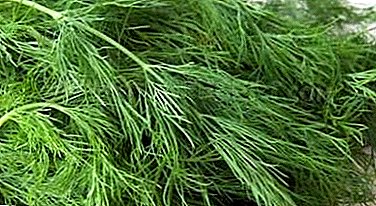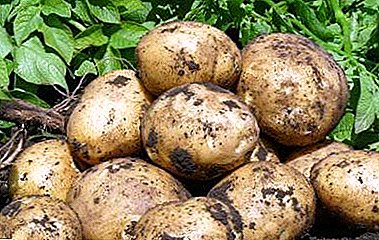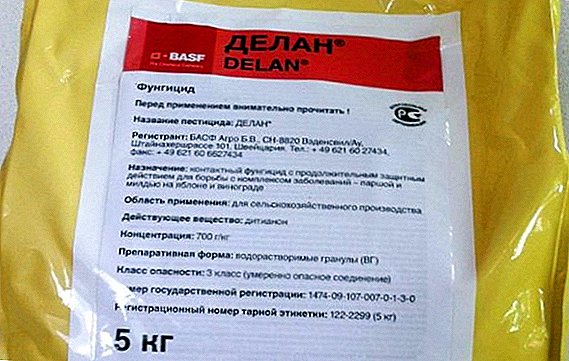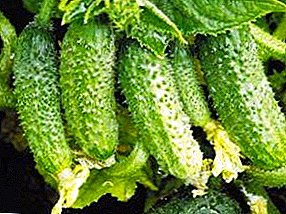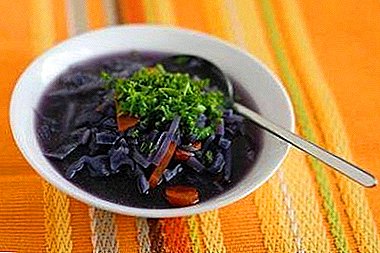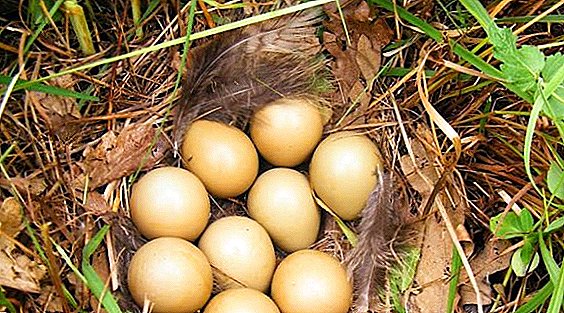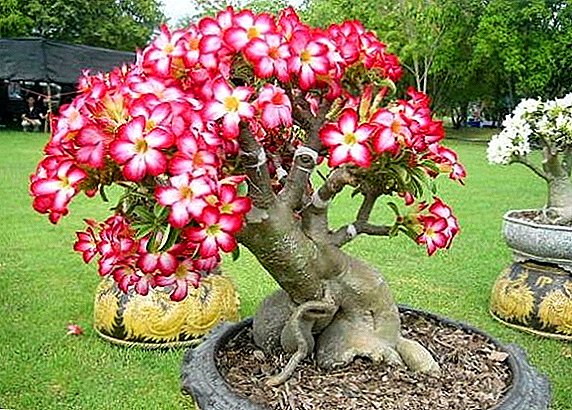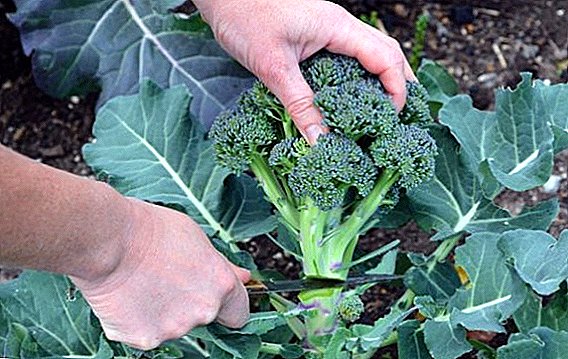 The peninsula of Crimea is famous for a large number of various mushrooms that appear not only in forests, but also in the steppes, right in the grass near the settlements, on the edge of the forest, open meadows, in mountain areas.
The peninsula of Crimea is famous for a large number of various mushrooms that appear not only in forests, but also in the steppes, right in the grass near the settlements, on the edge of the forest, open meadows, in mountain areas.
The climatic conditions of the peninsula contribute to the fact that here the mushroom season lasts more than six months, starting in early spring and ending in late autumn.
The spread of mushrooms in the Crimea
Crimea is rich in various types of mushrooms, and the seasonality of each of them is different. Usually, the mushroom season begins after the end of Indian summer, but many eukaryotic organisms can be harvested almost all year round.
Explore popular types of edible mushrooms.
The most popular and common species are: mushrooms, govorushki, honey agaric, boletus, chanterelles, little mice and raincoats. In areas of forests and steppes of the peninsula, more than 100 species of organisms grow, among which both edible and poisonous species are found. The first mushrooms can be found in early spring in the steppe and field regions. Immediately after the snow melted, little morels, goladchas, raincoats make their way. Summer time allows you to fully enjoy the mushroom season and collect a variety of different mushrooms: white, oil, honey agaric. Practically to the very frost, professional mushroom pickers find mice or, as they are also called, gray ryadovok.  In total, about 1,500 species of micromycetes and cap mushrooms grow on the peninsula, which are widespread in steppes, forests, forest-steppe zones, as well as on the outskirts of cities and villages, forest edges, and meadows.
In total, about 1,500 species of micromycetes and cap mushrooms grow on the peninsula, which are widespread in steppes, forests, forest-steppe zones, as well as on the outskirts of cities and villages, forest edges, and meadows.
Did you know? Since the climate of the Crimea is notable for its inconstancy, even experienced mushroom pickers cannot precisely determine the beginning of the mushroom season. That is why it is almost never possible to develop a calendar for collecting certain species.
Edible Mushrooms
The peninsula is famous for a large number of various types of eukaryotic organisms, but their connoisseurs prefer the most familiar and well-known:
- White mountain mushroom or giant govorushka. You can find it from summer to mid-autumn, in deciduous or coniferous forests. Ceps, whose birthplace is Crimea, grow in groups, therefore, if there is one representative under the tree, then, most likely, his “brothers” are located nearby. Recognizing the noble white fungus is simple, it has a large, fleshy cap of a smooth structure, of a beautiful light brown color. Its leg is rather dense, in relation to the cap - short, with small fibers or powdery coating. Govorushka different beige flesh, pleasant smell. An adult mushroom may have a slightly bitter aftertaste. Gingerbreads do not persist for a long time, they should be used immediately after harvesting - fried, stewed, boiled, etc.
- Chanterelles or cockerels. The most common in the Simferopol region. They are also collected in Bakhchisaray, Belogorsk and Kirov districts. Chanterelles prefer sunny places, forest glades, glades, they can also be found on mosses, near spruces, pines and birches. They grow in groups, starting with the first and ending with the last month of summer. The main distinctive feature of chanterelles is the lack of a clear transition from the leg to the cap. The latter is very smooth, has an irregular shape with a groove in the middle and wavy edges. The leg is thin, thinning down. Chanterelles are uniform, from light yellow to orange, color. The flesh is quite firm, fleshy, does not have a strongly pronounced smell. The taste is pleasant, with weak sourness. Mushrooms are well transported, do not crumble. Suitable in any form - boiled, fried, stewed, pickled, etc.
- Mice or ryadovki gray. There are in the autumn, in September - October. For them, the mushroom pickers drive to the village of Kolchugino or to the area of the Crimean astrological laboratory. Mice have several species suitable for use in food, but it is difficult for an inexperienced mushroom picker to distinguish them from harmful ones. Edible mushrooms have a conical cap with slightly curled edges covered with small cracks. In the center of the cap stands tubercle. The color of the cap varies from light to dark gray. After the rain, the surface becomes slippery and sticky, due to which the foliage sticks to the mushroom and is difficult to see in the grass. The leg of the fungus is dense, thin, slightly widened downwards and has a pale yellow or grayish tint. The flesh is tight, but fragile, characterized by a weak powdery flavor. Ryadovki fried, boiled, pickled, used in salads, pastries, sauces.
- Honey agaric. They can be collected throughout the autumn, before the first frost. Mushrooms are rarely found one by one, grow in whole groups on trees, stumps. They like wet soil. The cap of the young ones is a little concave inward, but as it grows it becomes flat. The leg is long, about 10-20 cm. The hat of the same color as the leg is honey, but its surface is covered with small scales, which makes it look like a brown mushroom.

Learn how medicinal properties chanterelles have, how to distinguish a real chanterelle from a false one and how to prepare these mushrooms for the winter: freeze or pickle.

Find out more about what it looks like, where it grows, and what can be prepared from sulfur.

In order not to fall on inedible mushrooms, one should know what types of edible and inedible mushrooms exist. Housewives will also come in handy recipes marinated, frozen, salted mushrooms.

Did you know? Mushrooms collect not only in the forest, they can also be found right in the gardens or in the gardens.
- Maslata The place of their distribution is the whole peninsula, but most of all they are concentrated on the Ai-Petri plateau, in the village of Zelenogorskoye and in Stroganovka. Prefer sunny glades, forest edges, meadows. For mushroom pickers boletus is a real gift - they have fleshy, juicy, large caps, with an oily slippery surface, of a brownish tint. The cap has a hemispherical shape, later it is completely rounded. Dense high leg grows up to 11 cm, different lighter shade. Due to its biological pronounced properties and appearance, the oil is very difficult to confuse with other types of fungi.
- Ryzhiki. Ryzhikov season - Indian summer, when they grow in large numbers on the southern shores of the peninsula, in the village of Rybachye. Mushrooms like cool, shady places. Grow in groups under the trees, ravines, in the longitudinal fossa and furrows. Ryzhiki have a rather large orange cap with a diameter of 12 cm, covered with red plates from below, which, when pressed, take on a green tint. The leg of the fungus is thick, up to 2 cm in diameter, the flesh is dense, it tastes sweet with light fruit notes. Ryzhiki is cooked in various ways, the main thing is to add more aromatic spices to them.
- Raincoats. These mushrooms are analogues of champignons, which cannot be poisoned. You can find them in deciduous forests, almost everywhere. Two of three types of raincoats are distributed on the territory of the Crimea: giant and pear-shaped. The first is able to grow up to 34 cm. Mushrooms differ in a round, pear-shaped form, have a white color, a rough skin with small tubercles, which in time acquires a yellow tint.

Familiarize yourself with the beneficial properties of boilers, as well as how to quickly clean them and prepare them for the winter.


Important! Only young raincoats are suitable for cooking, only with white flesh.
Poisonous mushrooms of Crimea
The peninsula of Crimea is famous not only for a large number of edible mushrooms, on its territory grows many poisonous species. Many of them are very similar to edible, and inexperienced mushroom pickers are easy to confuse them, so before starting a "quiet hunt," you should learn the structural features and external signs of poisonous eukaryotic organisms.
There are three types of inedible fungi. Consider each of them separately.
Deadly Dangerous
- Death cap - very poisonous fungus that can cause death. It is she who in most cases is the cause of poisoning. The fungus prefers fertile soil, mixed oak and beech forests. The cap of the toadstool has the configuration of the hemisphere, later becomes more round. Color - from gray to greenish. Leg thin, up to 2.5 cm in height. The flesh is white, friable, soft, with mild aroma and taste. One of the main signs of white toadstool is the presence of a wide white skirt at the bottom of the leg.

Important! No method of heat treatment does not save the toadstool from the presence of a deadly poison. The ingestion of only 30 g of the fungus can cause serious intoxication, even death.
- Amanita white - conspecific toadstool, outwardly very similar to her, and also deadly poisonous. It grows in deciduous forests, likes lime soil. The cap of an adult mushroom is flat, white in color, with a diameter of up to 10.5 cm. Its flesh is white, rather dense, with an unpleasant taste and light odor. Leg thin, thick downwards, smooth structure. A distinctive feature of the white mushroom is the egg-shaped "skirt" at the bottom of the leg. Poisoning with a fungus causes vomiting, nausea, bloody diarrhea, decrease in pressure, malfunction of the cardiovascular system, loss of consciousness.
- Bast slate yellow - A representative of inedible honey agarics, the danger of which lies in the external similarity with edible "brothers." However, the poisonous appearance is distinguished by the absence of a ring on the stem, which is inherent in real magicians. Lzhegrib has a sulfur-yellow cap, with a diameter of up to 7 cm, bell-shaped. In the process of growth, it expands and becomes almost flat. The flesh is yellow, bitter, has a disgusting smell. Leg thin, smooth, dense texture with a small fibrous. Poisoning with a false fox occurs only a few minutes after its use. The person begins to feel sick, his head is spinning, vomiting and chills appear.


Poisonous fungi that have an effect on the nervous system
- Whitish - it can be found on open forest glades, meadows, pastures. The mushroom does not have a clear transition between the cap and the stem. The shape of the cap is convex or egg-shaped, with wavy edges, pale pink. The leg is low, up to 1 cm thick, solid. The flesh is dense, the cut does not darken, it has a pleasant mushroom flavor and good aroma. A distinctive feature of govorushki is mealy plaque on the surface of the cap. The use of the fungus does not lead to death, but causes vomiting, nausea, respiratory failure, malfunction of the heart.
- Amanita red - a mushroom known to everyone since childhood, which, due to its unique colorful appearance, cannot be confused with other species. Its cap is dense, hemispherical in shape, red in color with white dots. Amanita can often be found on acidic soils in mixed forests. The fungus contains active ingredients that, when released into the stomach, cause hallucinations, problems with hearing and vision.
- Fibers - lives on loam, in mixed and coniferous forests. It is distinguished by a bell shaped bell, which as it grows, cracks down and cracks. The surface of the cap is smooth, silky, of various shades, from golden honey to brown. The flesh has an unpleasant smell, the leg is high, thin, with a mealy coating. Distinguish fibrous on bell-shaped cap.



Mushrooms that cause poisoning and problems with the gastrointestinal tract
- Purple boletus - It is extremely rare, loves a warm climate, mountain areas, limestone soil, broadleaf forests. It is characterized by the presence of a large brown cap in the shape of the irregular hemisphere. When pressing on the cap dark blue spots appear, thanks to which you can recognize it. The flesh has a slightly perceptible pleasant smell, sweet aftertaste with fruity notes. Leg long, up to 15 cm, thick - up to 10 cm in diameter, brown in color with a red tint.

- Pink wave - A poisonous fungus that can cause serious problems in the functioning of the intestine. It has a little mucous, flat, in the center with a hollow, a hat of light or dark pink color. When pressed, the color of the cap becomes darker. The stem has a cylindrical shape, a rather dense consistency, up to 6 cm high. All the wind emit white milky juice, which is considered to be their individual feature.
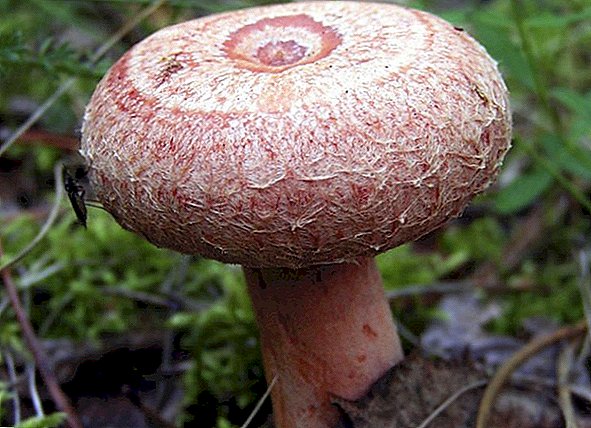
- Pseudo-fox - distributed in mixed forests, appears in August - November. It differs from edible chanterelles by a thinner, reddish leg with a brick shade. Cap mushroom convex or funnel configuration, has a yellowish and golden hue, darker in the center. The flesh is different unpleasant smell.

Did you know? False chanterelles are considered conditionally poisonous mushrooms, but it is better not to use them. It can cause problems in the digestive system, fever, headaches, vomiting, etc.
Terms and locations
The peninsula of Crimea is extremely popular with mushroom pickers, because it has many mushroom spots. The most popular areas include:
- the Ai-Petri and Demerdzhi areas, where giant gossipers are gathered, boars;
- the area from Sevastopol to Bakhchisarai, where there are a lot of chanterelles;
- the steppe zone of the estuaries Donuzlav and Sasyk - groups of boletus are concentrated here;
- forests of the Rybachy and Southern Coast, where mushrooms, raincoats, chanterelles grow;
- the area of Kolchugino and the Crimean Observatory, where the largest number of mice is concentrated;
- foothill terrain, areas with rotting wood are rich in raincoats;
- Stroganovsky district and the village of Zelenogorsk, where common boars are found.
| Name of the fungus | Collection time |
| White mushroom | June to October |
| Maslata | From early July to mid-October |
| Autumn honeycomb | From early August to late autumn |
| Ryzhiki | July to late autumn |
| Raincoats | Early spring before summer |
| Chanterelles | From mid-June to first frost. |
| Mice | September October |
The mushroom season on the peninsula of Crimea begins in early spring and ends in late autumn. During this time, mushroom pickers are stocked with various types of mushrooms, which differ in appearance, smell, taste. However, in the process of "quiet hunting" one should not forget about the existence of poisonous mushroom representatives, which are often disguised as their edible counterparts. If there is no confidence in the mushroom, it is better to bypass it and give preference to familiar and proven species.




